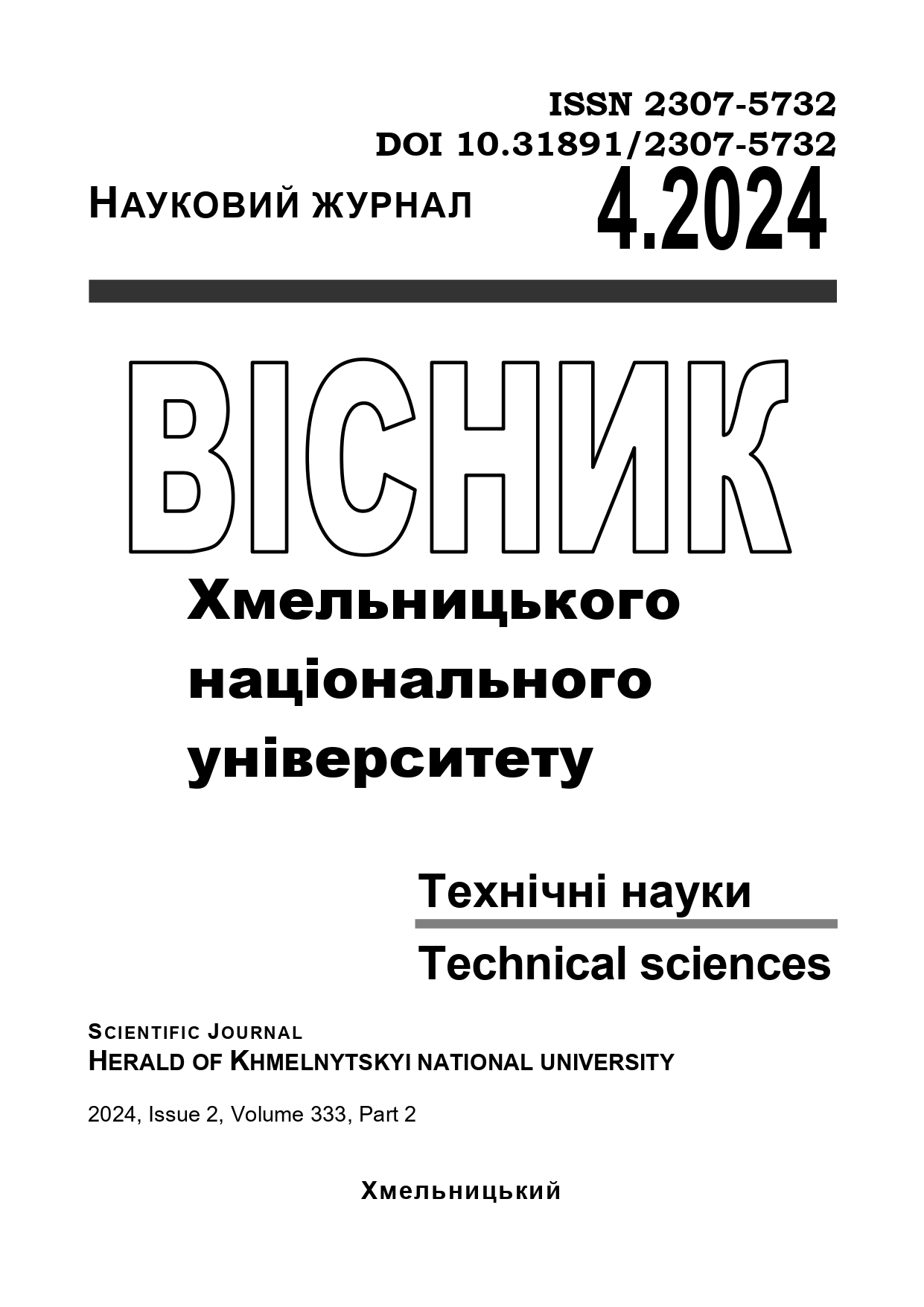METHODOLOGY OF MAGNETOENCEPHALOGRAPHY SIGNAL CLASSIFICATION USING SEMI-SUPERVISED LEARNING
DOI:
https://doi.org/10.31891/2307-5732-2024-339-4-17Keywords:
brain-computer interface, neural network, semi-supervised learning, clustering, classificatAbstract
Magnetoencephalography (MEG) is a non-invasive brain imaging technique that offers high temporal and spatial resolution, making it a valuable tool for the development of brain-computer interfaces (BCIs). In contrast to electroencephalography (EEG), MEG is less affected by distortions caused by head tissues, allowing for more precise localization of active brain regions. Various machine learning methods have been applied to decode MEG signals for use in BCIs. The continuous advancement of these methods has contributed to enhancing the efficiency of BCIs and expanding their applications in fields such as medicine, rehabilitation, and beyond.
This article introduces a semi-supervised classification methodology for MEG signals, which employs an encoder-decoder model combined with clustering techniques. This approach enables the utilization of unlabeled data to uncover hidden structures within the data, thereby improving classification accuracy in BCIs. This is particularly important given the limited availability of labeled MEG data. The methodology involves several key steps: selecting an appropriate model architecture, configuring the encoder and decoder components, clustering the signals, augmenting the labeled dataset, and ultimately performing classification. The macro-averaged F1-score is used as the evaluation metric to assess the performance of the classification.
The proposed methodology presents a promising framework for future research in the realm of brain-computer interfaces. By effectively leveraging unlabeled MEG data, this approach can be applied in various scenarios where labeled data is scarce or costly to obtain. The potential applications of this methodology are broad, encompassing areas such as motor rehabilitation, cognitive enhancement, and communication assistance for individuals with disabilities. By improving the accuracy and reliability of BCIs, this research could significantly impact the development and implementation of these technologies across a wide range of applications.

